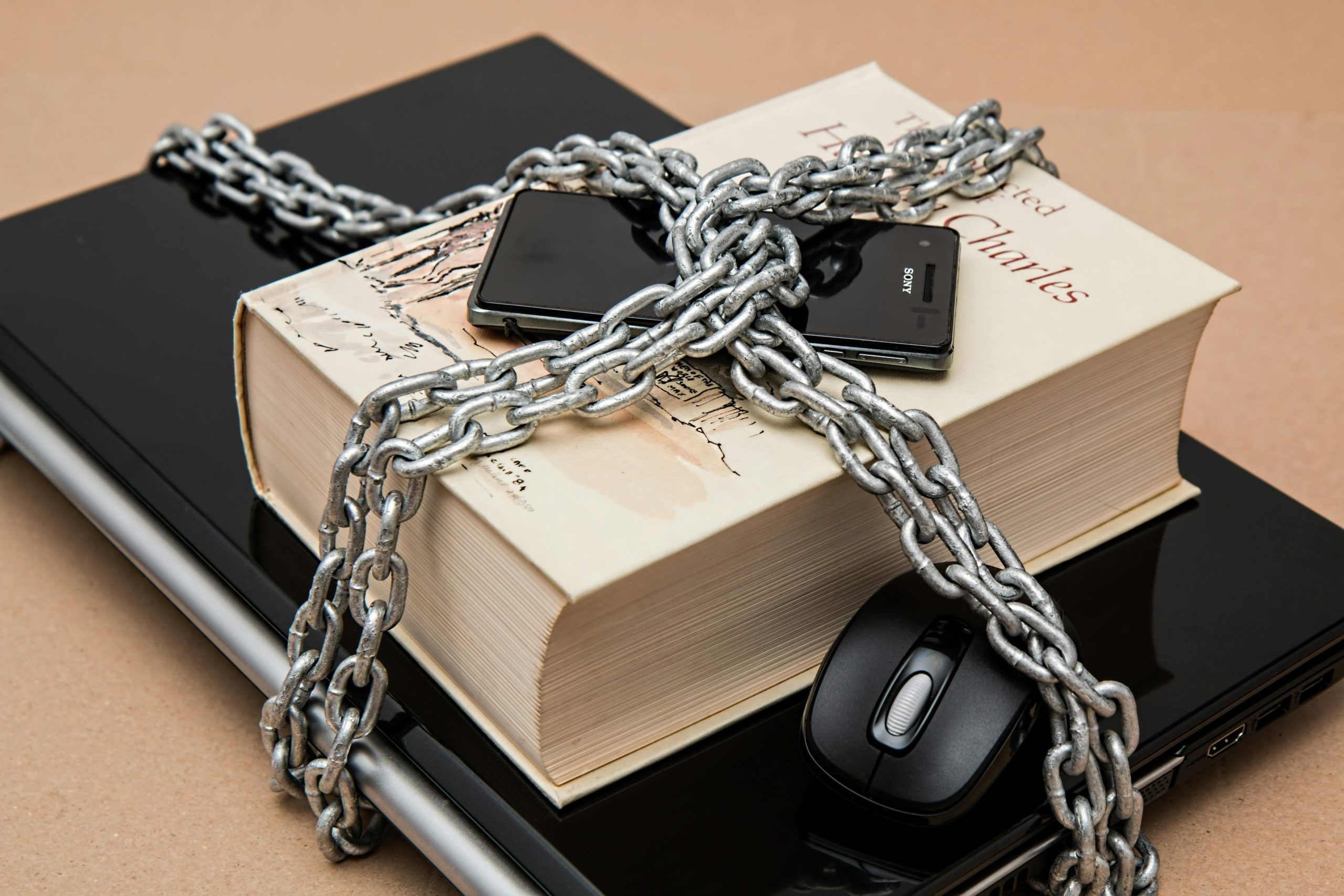Table of Contents
![]()
Among the joys of drinking tea is choosing storage tins, accouterments: cups, utensils, kettles, and, needless to say, teapots. The options are legion using a dazzling variety of shapes, sizes. Occasionally we are blinded by that too among the choices we have to make in choice: its purpose!
Your teapot-buying choice needs to be based first and foremost on dimensions (options frequently move from one to six cups, occasionally bigger). The next most significant aspects are your preference for material (ceramic, glass or ceramic) and if it’ll be utilized for brewing tea or pouring brewed java. Other critical aspects include: if it’s easy to hold, pours nicely, and, of course, fits into your financial plan. A gigantic Majolica kettle, festooned with monkeys and at a vibrant highly-glazed green, will warm your heart; however when stuffed with warm tea it weighs 5 pounds and retains over your loved ones can consume, it will most likely be better suited to your collector’s shelf compared to the tea table.
Clear glass teapots (yes, you will find colored ones) are a fantastic option if you’re interested in the anguish of the leaves’ the way that they unfurl and discharge the nectar we enjoy. Employing a glass teapot will lead one to both understand both by the feel of the leaves and the color once it’s done once you decide not to use a timer. Strainers can be plastic, glass or gold net and each works superbly, although glass provides the chance of affecting the taste of this tea and gold net is a fantastic option. The only drawback to glass infusers is they insulated fabric to remove because they become hot or need tongs. Likely among the greatest things about a glass teapot is the capacity to generate a small indentation of your manufacturer. This eases pouring in a continuous flow. It is a mystery that is constant each potter does not use this strategy. Glass teapots have insulated handles; if not, potholder or a towel will protect your palms.
Glass
Glass containers can stain and a bit of elbow grease, with or without soap, will wash up them completely and readily. If soap is used, it’s essential to wash in very warm water (completely, many times) to make sure that no detergent residue remains. Assess for the instructions of the manufacturer if the pot is dishwasher safe. Two caveats: place it because it may crack rather than never set a teapot in a freezer or fridge. Heating stands that use is made by some producers. Tea cozies are appropriate.
Ceramic
Ceramic teapots were usually fired in open pits and originated 11,000 decades back from Asia and the Middle East for regular usage. Clay and earthenware pots and today, have organic properties, very low seepage, and brew the leaves. We propose having a timer to two or the first bud correcting your brewing times based on your taste. Notice whether or not it narrows in the conclusion and the spout; this suggests pouring capacity. Examine the interior of your teapot for glazing. You can substitute your tea options When it’s glazed; if it’s a Yixing pot or if unglazed, stick to a kind of tea. In low temperatures, ceramic and clay pots are fired like times.
Porcelain
White clay baskets initially appeared in Jingdezhen and the top has been called qingbai or yingqing (clear bluish-white). Then came quingei (manufactured in Longquan) which appeared during the 7th century and used wood ash and iron from the clay fired within an oxygen-reduced atmosphere. In English, quingei became pots are all made by celadon; China, Thailand, Japan, and Korea.
No group of teapots is aligned than white and blue with China. When most Westerners think about “fine china”, this kind is what generally springs to mind. Originally developed during the Yuan Dynasty (1279-1368) its glass-like glaze was further perfected by potters of the Ming Dynasty (1368-1644) who advanced the Yuan potters artwork to the greatest levels. So popular were those baskets which Oscar Wilde once quipped that I find it harder and harder daily to fulfill my blue china. He had been a part of the 19th century Aesthetic Movement whose omnipresent symbols were the sunflower, the annunciation lily, also… white and blue chinaware!
Since the late 17th century, potters in America, and more significantly in England, France, Germany, Czechoslovakia, Russia, and Austria have replicated and continued the best of their first chinaware. In any case, every one of China’s gifts to pottery making was reproduced: adding colors, three-dimensional decorative designs, related below glazing and glazing processes for glass-like or intentionally crackled layouts. Fortunately, the porcelain teapots of today cover a vast selection of costs to tens of thousands of bucks from under $10, teapots to please any taste at each budget.
Care and Maintenance
For cleaning, if the interior and exterior are equally glistening, wash as normal; when the inside is unglazed, just wash the tea leaves out and then wash with warm water before each use to heat the kettle and allow it to be more open to the brewing procedure. Some pots arrive with mesh strainers or their ceramic; many others don’t, which means when pouring out the tea you will have to use sieves. By having two baskets: you to brew to decant into you may remove this procedure. Earthenware or even crockery variations of ceramic pans are substantially thicker and therefore more powerful than brittle ceramic or glass, but they also can break from being exposed to extremes of heat or cold, therefore again – without any popping to the refrigerator or put on a direct fire except with a free tea warmer rack. Do not place these in a dishwasher regardless of what the manufacturer states.
Porcelain teapots are glazed inside and outside and, again insides indicate marijuana ought to be committed to a single kind of tea and glazed pots may be used for an assortment of tea kinds. It is hard to accept staining, and although washing soap will surely rid of the bud of stains, many connoisseurs still aver that soap is anathema to nice strands; better to wash leaves completely, wipe with a clean damp sponge and leave stains. The heavier a ceramic pot the simpler it is to keep the tea. Brew from decanting and the kettle or boil in a different vessel and then pour the tea to the pot. If you do not have another pot, you could always brew tea in a large measuring cup, then add the recommended quantity of water, then brew, then pour through a sieve in your distinctive pot.
Some more words on Porcelain: soft, tough, and bone
The term ceramic, incidentally, isn’t a derivative of any Chinese phrase but by the Italian, porcelain or the French, ceramic, such as cowrie shells along with their glistening look. That look is a blend of shooting methods and substances. Fine white glue porcelain employs powerful, vitreous, translucent ceramic clays fired at a low temperature, and it’s glazed and fired at a really large temperature. It was the look of the progress in ceramics that grabbed everybody’s creativity as its almost translucent quality was unlike the rough look of the majority of ceramics. Called chinaware from the Europeans who imported tea, and teaware, from China, ceramic continued to evolve together with the abilities and experiments of potters through a series of dynasties, each led techniques, and fashions from the production of chinaware.
Soft-paste ceramic pots are made by mixing white clay using a glassy substance that’s a combination of white sand, gypsum, soda, salt, alum and niter that’s then fired at a lower temperature compared to hard-paste porcelain. Hard-paste porcelain utilizes kaolin and petuntse or other clays, floor glassy materials, soapstone, bone ash and other components that give it its shiny look and glass-like makeup and is fired at higher temperatures. The kind of ceramic, bone china, that is common today. It’s more powerful than hard-paste ceramic and simpler and less costly to fabricate and comprises bone ash to the normal clay components. Because of this, its look is much softer or ivory white compared to the glowing white of classic hard-paste porcelain.
Clay, glass, and ceramic teapots’ evolution and history fill novels. We hope this gives you a fundamental comprehension of the varieties for picking your teapot offered!
Share This




Be the first to comment